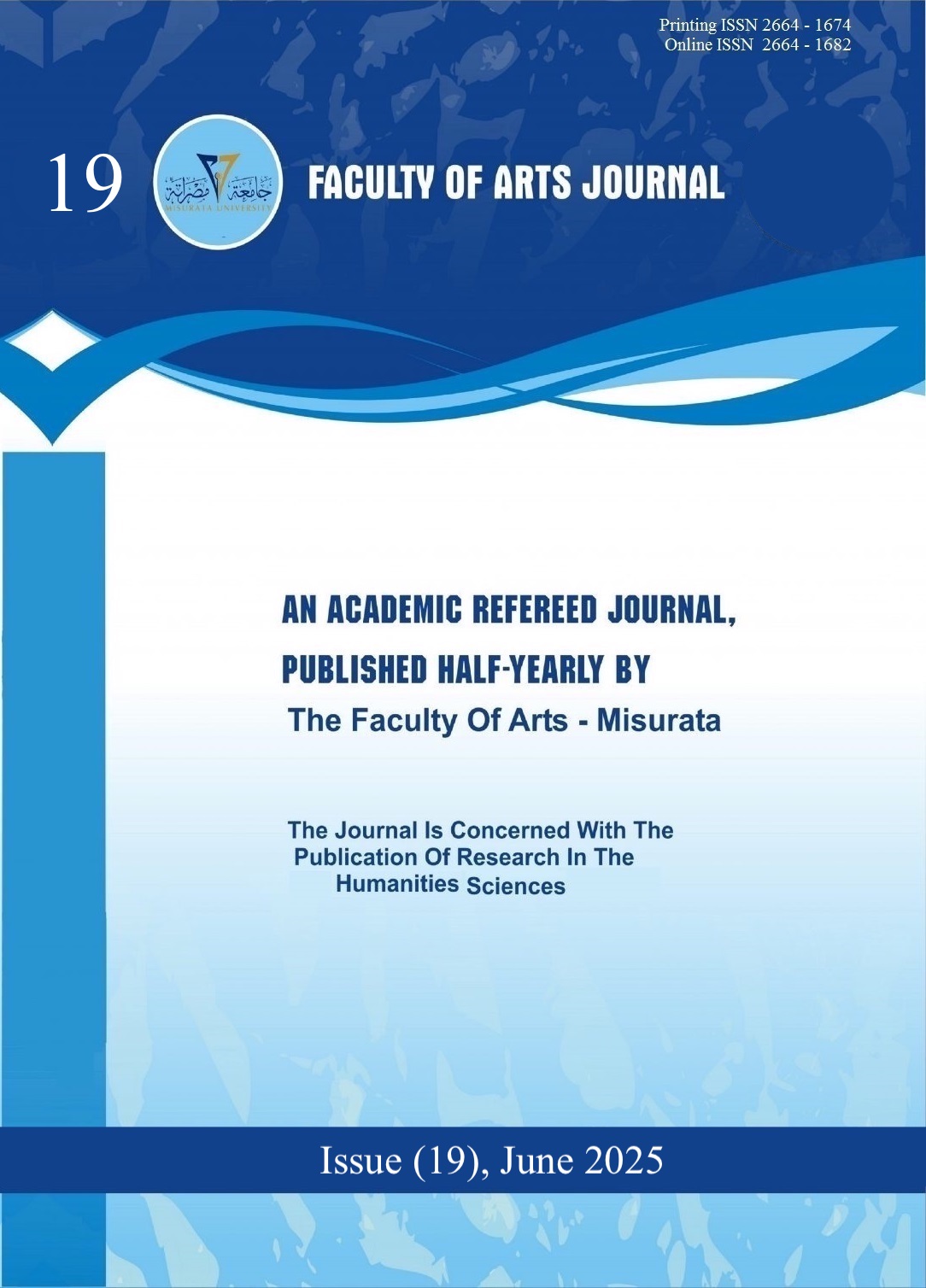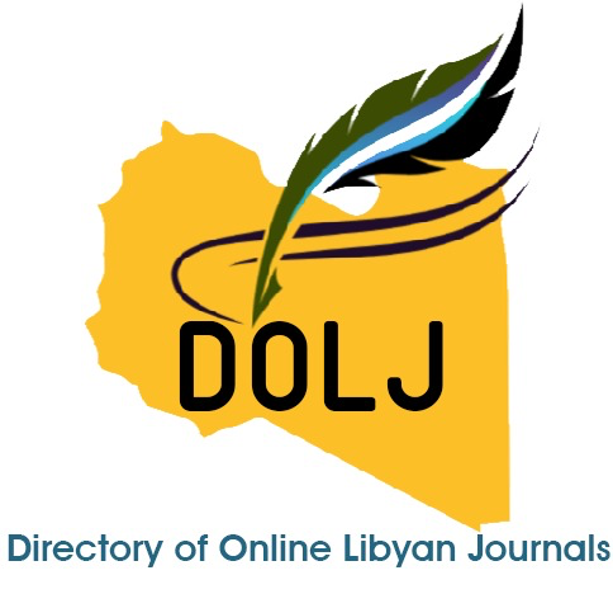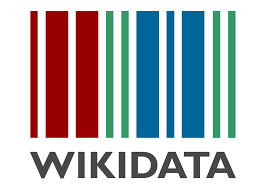Analytical Study of Rainfall Patterns, Their Seasonal and Quantitative Changes, and Future Trends in Misurata City from 1944 to 2024
DOI:
https://doi.org/10.36602/faj.2025.n19.04Keywords:
Arid zones, climate cycles, future predictions, , stochastic natureAbstract
The study dealt with research and analysis of rainfall patterns, seasonal and quantitative changes and future trends in the city of Misrata during the rainy season 1944/1945 AD until the rainy season 2023/2024 AD, using statistical analyses and tests that focused on the possibility of predicting future changes and quantities, given its importance in water sustainability and food security, especially in arid and semi-arid regions, and the results showed an average rainfall of 266. 32 mm for the study period. 32 mm for the study period, where the lowest rainfall rate was recorded during the 1969/1970 season (85.7 mm) and the highest rate during the 1980/1981 season (499. The test of the difference between the mean of the study period showed that there is no statistical evidence confirming the difference between the two periods and that the rainfall series is characterised by randomness and not linked to a specific trend, and this was confirmed by the test of sequences of precipitation seasons in the city, and the study also found that the temperature in the winter seasons during rainy periods is colder and lower than the temperature of winters in dry periods, and the study included about 19 climatic cycles. The study included about 19 climatic cycles, including 10 dry climatic cycles with below-average rainfall and 9 rainy climatic cycles with above-average rainfall, characterised by variation in their lengths, and due to the random nature of these cycles, future predictions remain difficult, so the study formulated possible future scenarios for rainfall amounts and identified the main influencing factors, along with a set of recommendations to adapt to and address potential future changes
References
أبو زيد، محمد صدقة (2010م). التغيرات الحالية للأمطار السنوية في جنوب محافظة الطائف بالمملكة العربية السعودية، مجلة جامعة الملك عبد العزيز، علوم الأرصاد والبيئة وزراعة المناطق الجافة، 21 (2) 293 ـ317 16. 2 – 21 .10.4197 Met DOI:
البلداوي، عبد الحميد عبد المجيد (2014). الأساليب التطبيقية لتحليل وإعداد البحوث العلمية مع حالات دراسية باستخدام SPSS. متوفر من https://archive.org/details/0225-pdf_20210525
الشارف، عبد المجيد الحراري (2007). تذبذبات المطار في شمال ليبيا واقترانها بالتغيرات في منظومات الضغوط الجوية خلال الفترة 1980/ 2000م، (رسالة ماجستير غير منشورة) قسم الجغرافيا كلية الآداب، جامعة السابع من أكتوبر.
المركز الوطني للأرصاد الجوية، محطة أرصاد مصراتة المركز.
خير الله، حافظ عيسى (2019م). تحديد مؤشرات التغير المناخي من خلال تحليل كمية الأمطار بمحطة أرصاد سرت خلال الفترة من 1971/ 2010م، مجلة مداد الآداب عدد خاص بالمؤتمرات للعام الدراسي 2018/2019م، الجزء الاول، كلية الآداب، الجامعة العراقية ص 777 ـــ 804.
شبكة الخبراء المعنية بالتغيرات المناخية والبيئة في منطقة البحر المتوسط، (2019). التقييم الأول المخاطر المرتبطة بالمناخ والتغيرات البيئية في منطقة البحر المتوسط. متوفير PDF من: https://www.medecc.org/wp-content/uploads/2018/12/MedECC-Booklet_AR_WEB.pdf
صالح، حميدة مفتاح، (2019). التغير الكمي و الفصلي للأمطار وأثره على الغطاء النباتي و انجراف التربة في الأجزاء الشمالية من غريان (رسالة دكتوراه غير منشورة)، قسم الجغرافيا، جامعة طرابلس.
صيام، نادر (1998). دراسة تحليلية لاتجاهات المطار في بعض المواقع في سوريا، مجلة جامعة دمشق، 14 (2) ص 9 ـــ 45.
عنيبة، عمر امحمد، (2010). الجغرافية الطبيعية، في: ونيس الشركسي، حسين وأبو مدينة، (تحرير). جغرافية مصراتة، دار ومكتبة الشعب للطباعة والنشر والتوزيع ص 3 ـــ 58.
مخطط المجلس البلدي مصراتة.
مشتهى، عبد العظيم قدورة، (2013م). اتجاه التغير في كميات الأمطار في الضفة الغربية بين عامي 1997ــ 2008م. مجلة جامعة الأزهر بغزة، سلسلة العلوم الإنسانية، 15 (1) ص 377 ـــ 404
مقيلي، إمحمد عياد، (2025 م). نماذج مختارة في الإحصاء الجغرافي، منشورات مركز البحوث والاستشارات، جامعة سرت.
Downloads
Published
How to Cite
Issue
Section
License
Copyright (c) 2025 الصادق مصطفى سوالم، حميدة مفتاح صالح

This work is licensed under a Creative Commons Attribution 4.0 International License.
All works published in this journal are licensed under the Creative Commons Attribution 4.0 International License (CC BY 4.0), which permits use, sharing, adaptation, and redistribution for any purpose, including commercial ones, provided that proper credit is given to the original author and source, a link to the license is provided, and any changes made are indicated.

















